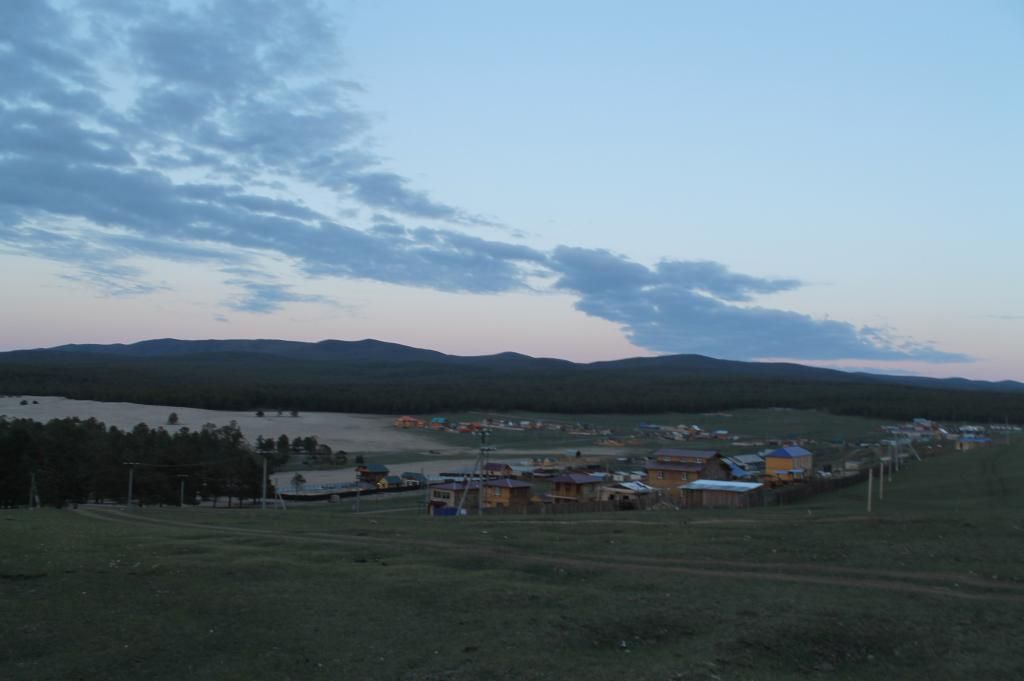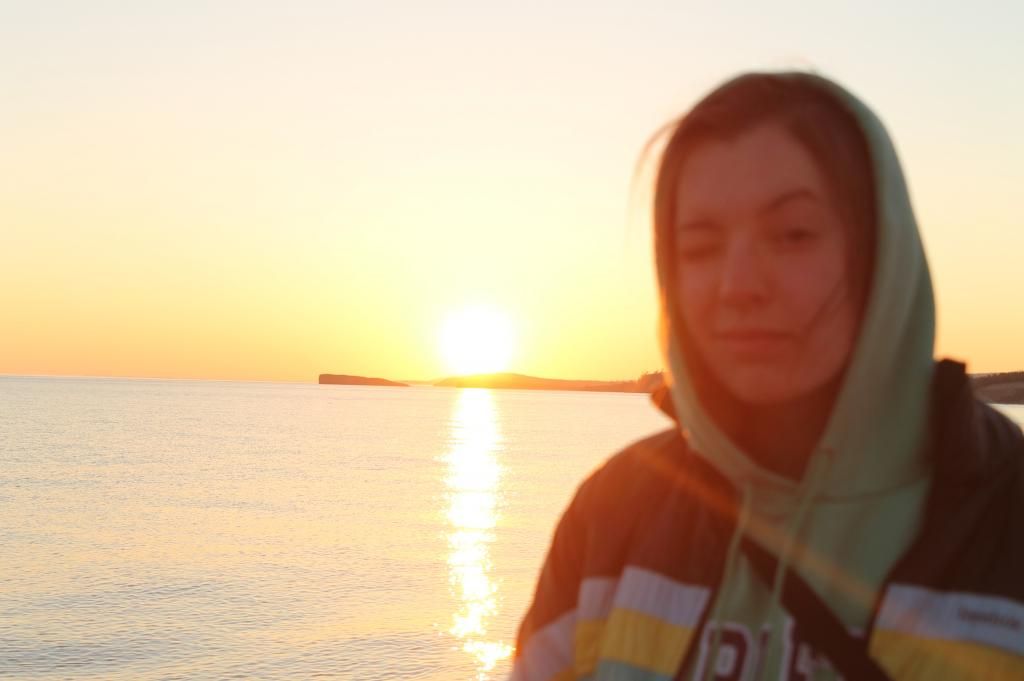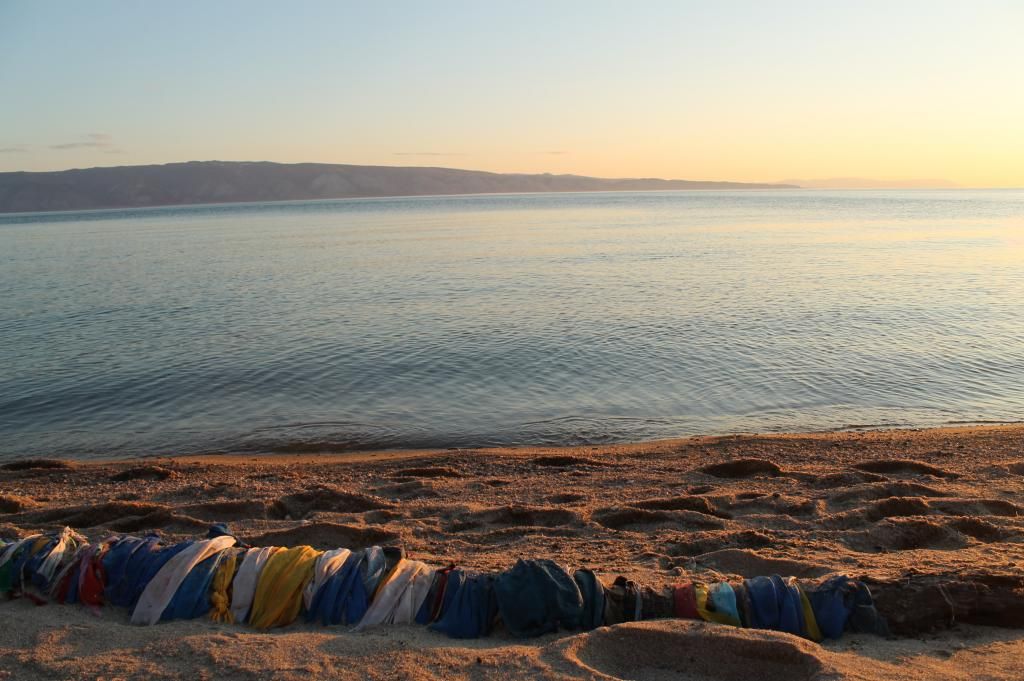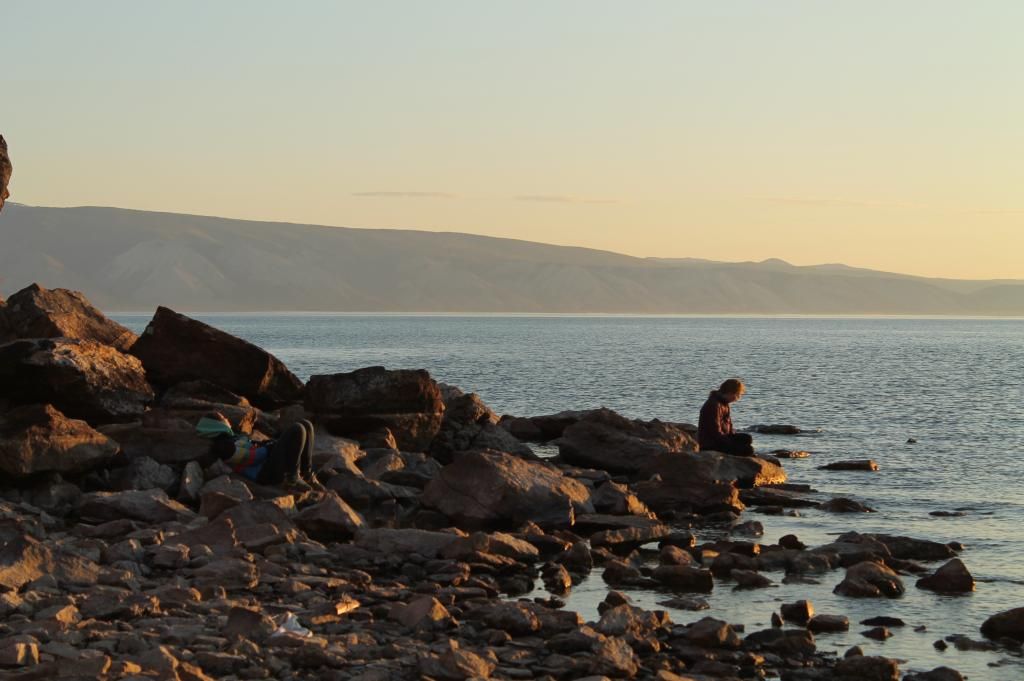Shockingly, no one in our group has written a full blog about nerpas, the famous freshwater Baikal seals. Given our fascination and adoration with these cute little creatures, a more comprehensive look at their remarkable properties and our interactions with them is required.
Nerpas are unique for being the only species of exclusively freshwater seal in the world. They live in the deep, cold waters of Lake Baikal, but it’s uncertain just how they arrived in this landlocked body of water. Some ecologists think nerpas swam south down the Yenisei-Angara River system, while others think they arrived much earlier, when Baikal was joined with an ancient inland sea.

That’s a long way for a little nerpa to swim. Photo from Wikimedia Commons.
Nerpas migrate within the lake’s banks every year. In the summer, they enjoy lounging on the rocky Ushkany Islands or on more southern shoreline. During winter, they migrate northward to find thicker ice, on which they give birth to their young.
Nerpas have unusually large eyes compared to other pinnapeds. They’re small, round, and ball-like, as we found out when visiting the Baikal Limnological Museum near Irkutsk. Nerpas appear to have no neck, and they’re almost entirely round when free floating. They stretch out a bit once they start swimming, but only about to the shape of a well-inflated football.
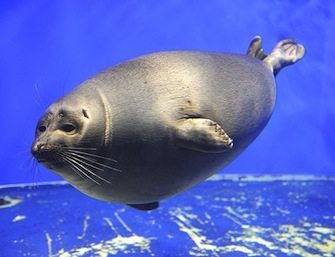
So round! Photo: http://wikifaunia.com/wp-content/uploads/2013/01/Foca-del-lago-Baikal.jpg
Seeing a mama and baby nerpa in the museum’s aquarium was great, because it offered us the chance to gaze upon their minute physiological details up close. The museum also featured a “Nerpa cam”, which we viewed upstairs after our tour. The footage streams from one of the nerpas’ favorite hangout spots, the Ushkany Islands, which I mentioned earlier. We turned into giggling children as we watched one lazy, fat nerpa lying on its side and seemingly hitting another seal with its flipper, over and over again. Eventually he calmed down and resumed his nap. Sadly, I can’t seem to find the stream online, but if I do, I’ll add the link here.
Little did we know, our encounters weren’t over yet. For the first time since this program has been in operation, the group saw a wild nerpa. High on a cliff overlooking the clear blue water, our guide excitedly pointed out a small speck in the distance. Everyone rushed over to the cliff’s edge to look. Bobbing in the gentle ripples was a little seal, watching us and listening to the excited squeal of our voices.
We all stayed that way for a couple minutes, until the nerpa decided he or she needed to get back to work. Even as the seal swam away, we could still see it for several seconds – such is the clarity of Baikal’s water. It was an honor to experience the nerpa’s company, and it was a highlight for many members of our group.
Interesting source and further reading: http://scienceblogs.com/tetrapodzoology/2010/06/15/most-inconvenient-seal/







